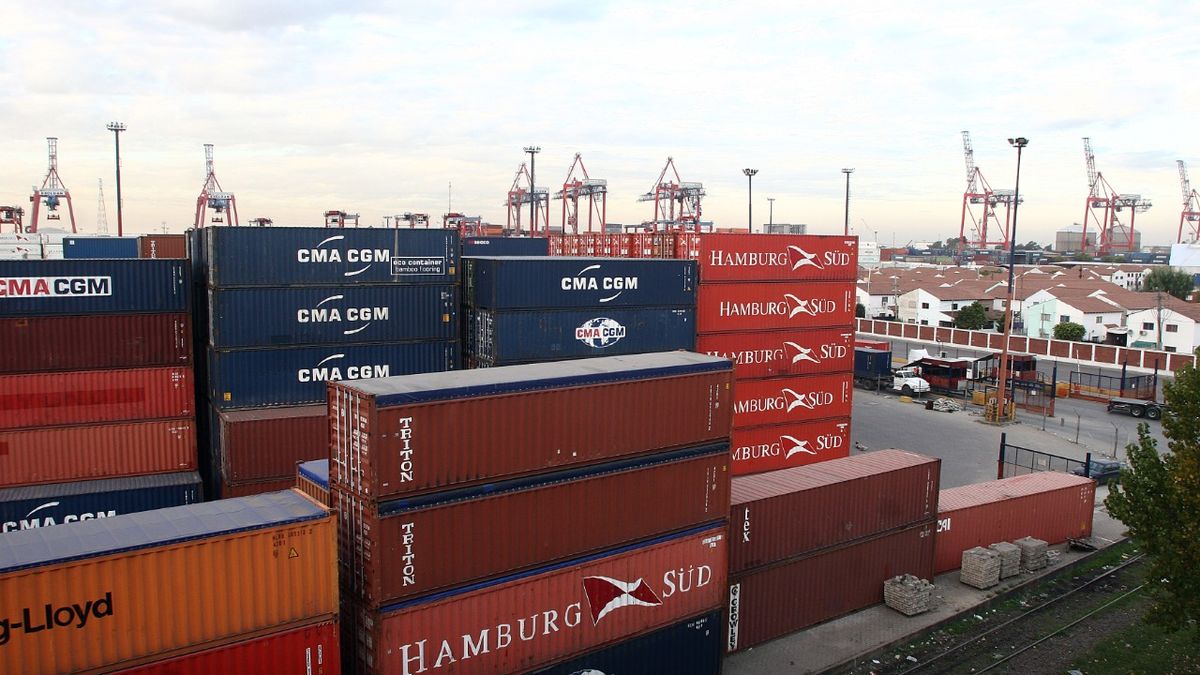It is in comparison with the five months prior to October 2022. There are some US$9,000 million that remained pending and that will begin to be canceled in April.
ANDhe change in the regime for the administration of imports of goods made in October of last year allowed the Minister of Economy, Sergio Massa, to reduce payments abroad by some US$9,616 million up to now. On the grounds that the previous system, which was based on giving payment priority based on the type of product, prevented companies from knowing with certainty the date on which they would be able to access the Single and Free Exchange Market (MULC). , Massa replaced it with another focused on the importer, where the company that is up to date with the tax is prioritized. With this, he obtained a new margin of 90 days to slow down the sending of dollars abroad.
The content you want to access is exclusive to subscribers.
The entire process that implied the expiration of the Comprehensive Monitoring System (SIMI) and its replacement by the Import System of the Argentine Republic (SIRA) generated a 30% drop in sales of dollars to import, compared to the previous five months. Thus, the Palacio de Hacienda was left with a sufficient margin to be able to reach December 31 with a total of international reserves above the US$5,000 million committed to the International Monetary Fund (IMF).


Data from the Central Bank indicate that since the SIRA began to govern until last February 28 US$22,578 million were paid, while US$32,194 million had been sent between May and September 2022. It was a real slowdown in a short time, which the companies quickly noticed, and for this reason during those months the claims and complaints multiplied.
The problem of the lack of dollars from last year will continue in 2023. The situation has not changed, quite the contrary, it has worsened. The market is expected to begin to feel the effect of this deferral in April. The system started on October 17 and was paralyzed for almost a couple of weeks. Then there was a batch of priority approvals for automakers and companies that make up the price agreements, so that it was not until mid-November that they began to speed up the procedures in general. As the SIRA generates an authorization to enter the MULC 90 days after the date of nationalization of the shipment, importers who have been waiting to pay for three months are expected to appear among the companies this month.
The consultant Invecq points out in this regard that “After the implementation of the SIRA, the demand for foreign currency for imports of goods (cash basis) accumulated from October to February was 30% lower than that of the previous 5 months”. “Although imports are usually seasonally lower at the beginning of the year, those of October-February 2021/22 were 14% higher than those of the last 5 months ”, indicates Inveqc.
Dealing with the lack of dollars is not going to be easy for the Central Bank, because this year it also has to pay for imports for the current year. According to estimates by the financial consultancy Balanz, the government will have barely US$43 billion this year to pay for foreign purchases of goods without taking energy into account. That is what is left if service payments, IMF maturities and tourism are discounted. In terms of GDP it represents 8% when on average goods, without taking energy into account, represent 10%. It would be necessary to introduce an import adjustment of US$10,000 million, says Balanz, although he considers that this is unfeasible, and that at most US$3,000 million could be reduced.
Source: Ambito




